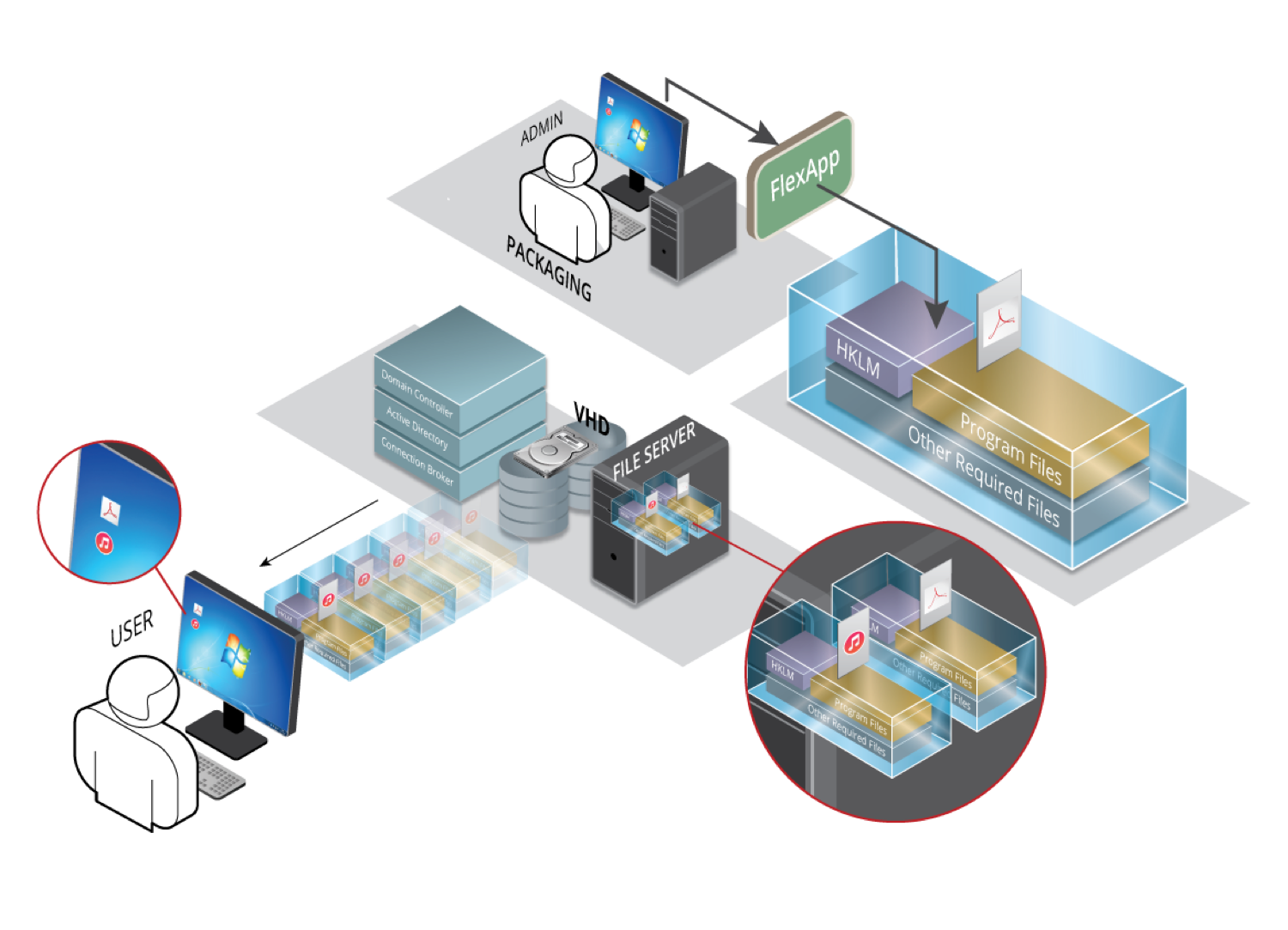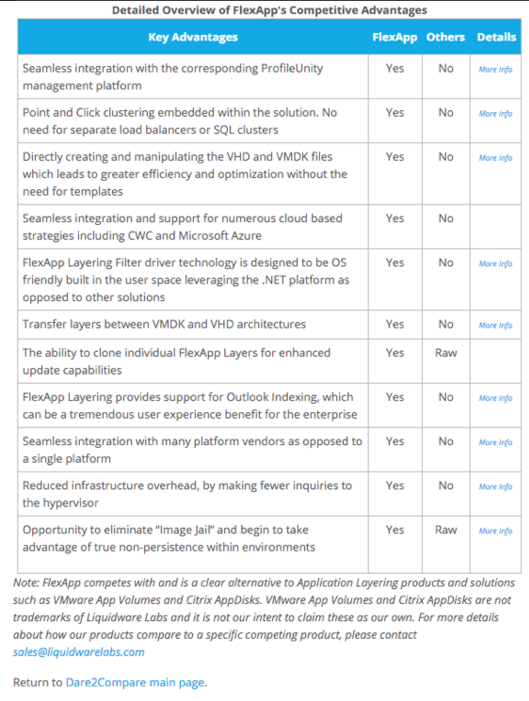As many of you know the running joke in our industry for the past, heck, 8 years almost – has been that this year, no doubt, without question, slam dunk – is going to be the YEAR OF VDI.  I have said it before, I will say it again – don’t forget what problem(s) you are trying to solve – VDI can sometimes be a “very distracting idea”. Don’t get me wrong – its a great idea – but it’s not the whole idea.

Now to be fair, many of us mellowed our predictions around the Year of VDI, adding in tap-out phrases like  “The Year of DaaS”, “The Year of the Desktop”, and various other niche technologies and concepts to cover our bases. It never happened. Having had the front row seat to see over 7 mil desktops assessed by Liquidware Labs, our Channel Partners, Dell, HP, NetApp, Cisco, Citrix, and now Nutanix and others – I am here to tell you that VDI (in its current technical potentiality) is good for perhaps 20% of the desktops we assess (latency, apps, use case, io, security, image management, etc).
Lets do some rough math:
So of the 800 million Enterprise Desktops out there running Windows – 160 million should be a good fit for VDI (20% of 800mil). This is based on analysis of a 7 million seat sample size over 7 years US, and ROW based.  So….of those 160 million that should / could benefit from delivering Windows via VDI – only approximately 12 million are actually doing so, daily, in production
So, big market – or big problem?
My answer – both. And to reveal my punchline a bit early in our story – this is / will be the year of Application Layering – however – I submit to you that as long as IBM, HP, Dell, Compaq, and Acer have been making machines – its been the year of the “Desktop”. That model just solved too many problems to not be the primary content consumption and creation device standard. But we got spoiled. We gave everyone a PC. So, why will this be the year of application layering? Because managing Windows at scale is heavy stuff. We all have a natural obsession with solving this. This is the spark of innovation that led us to contribute our FlexApp technology to the market – a perfect parity and often superior alternative to VMware AppVolumes.
VDI was and is an effort to make managing Windows at scale easier (more secure, faster, more leveraged, accessible, etc). You all remember the persistent vs. non-persistent debates where we see even the most ardent proponents caving in on their previous positions. Why? Â Because the technology has evolved and now allows us to access architectures we could not dream of a short time ago. However – most of those advancements were in the plumbing of VDI – not the management. This is what Application Layering Solves (together with UEM, and Monitoring of course). We now have a complete set of assets to manage the lifecycle of a workspace, not just its plumbing.
I think most of us would agree that Radical Innovation does not happen overnight – but rather through sustained and diligent gentle steps. Storage, IO, User Environment Management, Protocols, Hyper Converged Infrastructure, Security, Pro-Active Monitoring, etc all made huge leaps forward over the past 7 years. And gradually, or I would say, FINALLY, application layering is allowing us to attack managing Windows apps at scale. And here is the high-order-bit in all of this – Application Layering (should) apply to each and every desktop or workspace in your organization, not just your VDI deployment. One model for application lifecycle management, entitlement, and security (compliance).
Legacy application delivery and application lifecycle management vendors only get us so far. Those envisions a static world, managing physical devices with OS’s, Applications, Data, Settings, Policies, Profiles (stuff) statically installed and bound (very stateful) to the device. We don’t live in that world anymore. Application publishing and virtualization and cloud delivered apps have forever cracked open pan dora’s box – giving us glimpse of the power or removing apps from images. Â Application Layering is the single most powerful tool for over 800 million Windows workspaces because of the options use
dora’s box – giving us glimpse of the power or removing apps from images. Â Application Layering is the single most powerful tool for over 800 million Windows workspaces because of the options use
rs will have to get Windows at scale to begin to work FOR them, vs. AGAINST them. The ability to mix and match dynamic single application layers in any way, combination, posture – and deliver them in contextually aware or “smart” deployments is or should be the focus this year. Now you need smart User Environment Management (UEM) to do this. Â Solutions without this are not solutions – they are features.
While some solutions attempt to make dealing with Windows apps at scale easier – they do so without tending to the chorus of other stuff happening – user authored data (documents), policies, profiles, settings, security, the interaction of different components needed for delivery (the infrastructure stuff). Look for best of breed solutions – good enough is not even close to good enough when we are talking about the productivity of our workers. Liquidware Labs offers our Essentials Bu
ndle – all in for $79 list. ProfileUnity for UEM, StratusphereUX for Visibility, and FlexApp for Application Layering. Each and every solution in that bundle has stood the slings and arrows of fierce competition and production based pressure testing and prevailed. My guess is that if you dare2compare you too will agree.
When you now look at the options available for application delivery to workspaces of yo
ur choosing – be it presentation, installed in image, cloud, virtualized (in the bubble), streamed, or layering – I think you will find that now there truly is NO APP LEFT BEHINDÂ – and that together with legacy models, or individually – Application Layering is the final mile in 2016.
It took use the better part of a decade – but the abstraction of the desktop is now complete. User Data, User Settings, Admin Policies, and now, fully, applications have – and can be – removed from the desktop leaving just an OS and the “potential” for a workspace to be contextually delivered on demand.
Circa 2016
(tweets, re-tweets, rants, raves warmly welcomed)









[…] Read the entire article here, Hello Captain Obvious – 2016 Will Be the Year of LAYERING […]